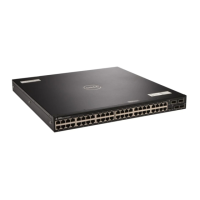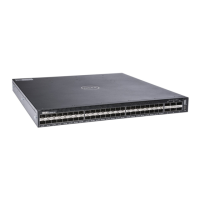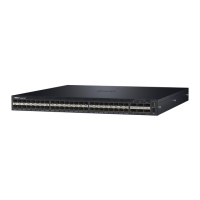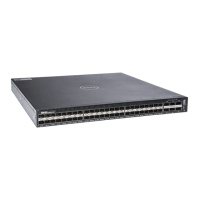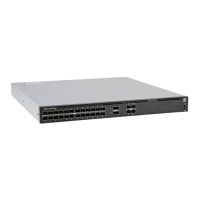ip address 192.168.0.4/32
no shutdown
!
router ospf 1
network 10.11.5.0/24 area 0
network 10.11.6.0/24 area 0
network 192.168.0.4/32 area 0
!
ip pim rp-address 192.168.0.3 group-address 224.0.0.0/4
Multicast Source Discovery Protocol (MSDP)
645
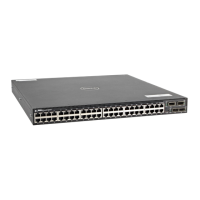
